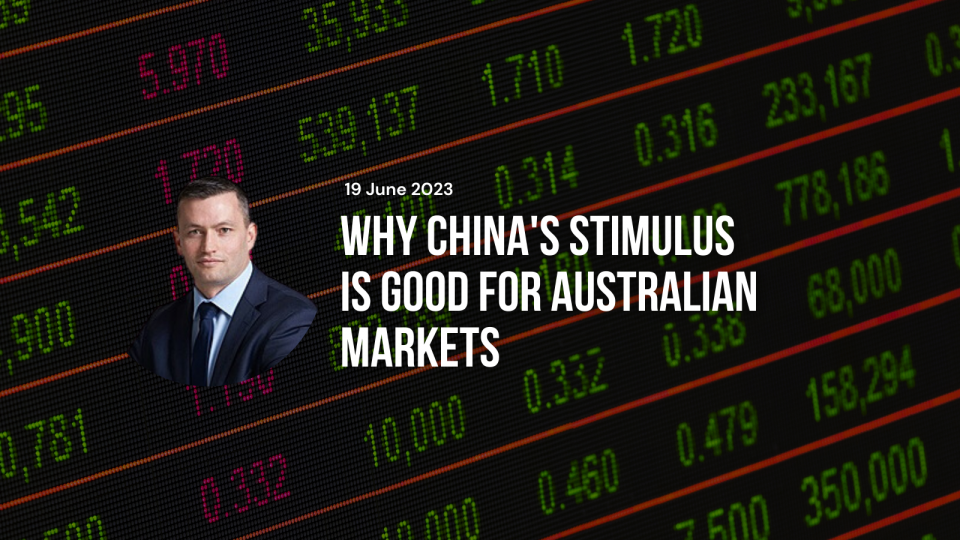

By Marty Dropkin, Head of Equities Asia Pacific at Fidelity International
15 November 2023
Asia is facing near-term challenges – both homegrown and external ones – that risk overshadowing the region’s longer-term opportunities. We think now is the time to see through the current cycle and position for structural growth.
Within Asia, much of the recent focus has been on China’s struggling recovery, but weakening external demand is also threatening to drag on the rest of the region. In the meantime, as policymakers reach deeper into their toolboxes to keep growth on track, we see several structural themes emerging.
In China, it takes confidence
China’s property sector continues to struggle as developers grapple with mounting debt and unsold inventory after years of overexpansion. We think a recovery without stabilisation in the property sector is challenging – at least in the short term. The knock-on effects of the slump are such that consumers won’t feel confident enough to spend when much of their wealth is locked in a declining housing market. The property outlook must stabilise before China can pivot further away from investment-led growth to focus more on consumption. None of this is lost on policymakers, hence, the slew of relaxations on home purchase and mortgages we’ve seen since August, which ought to help boost homebuyers’ sentiment and reduce the sector’s drag on GDP growth.
Our base case is that China will still manage to reach its annual growth target of around 5 per cent. The government has so far focused its firepower on stimulating household spending. Key for investors to watch will be whether household demand will stay strong for long enough, and in turn encourage more local government and corporate investment in infrastructure and manufacturing. However, we don’t expect sizeable fiscal stimulus aimed at such investments to follow, as policymakers are cognisant of the risks of a debt spiral. Local government financing vehicles’ (LGFVs) nearly US$10 trillion in outstanding debt illustrates the scale of the challenge facing provincial officials, as land sales are still an important source of local government revenues.
Bright spots
Despite this challenging backdrop we still see plenty of companies that are thriving in today’s China. Weak headline consumption data hides the broader success of services, for example, which the government says gained 19 per cent year-to-August, to the benefit of travel, hospitality, and entertainment companies among others. Frugality may be on the rise among the middle class, who are concerned about job security and income prospects; they are spending less on big-ticket items – but they are spending relatively more on going out. The potential for consumption to pick up further is clearly there, given the huge amount of bank deposits Chinese consumers continue to accumulate even after the removal of Covid-era restrictions. It will take a bit more confidence (and stronger stimulus than the sprinkles we have witnessed thus far).
Looking at the rest of the region, Japan has recently captured the optimism of global investors. The Bank of Japan is sending stronger hints of unwinding ultra-loose policy and yield curve control (YCC), as after decades of deflation or weak inflation, households are starting to show a shifting mentality. At the same time the Tokyo stock exchange has been strident in pushing along its governance reforms. However, Japan’s short-term headwinds are not to be dismissed. Exports slipped for the first time in over two years in July as global demand weakens, and some investors have taken profit of late. We think those who stay invested will gain the most from Japan’s structural changes in the longer term. Bank shares, for instance, are starting to deliver double-digit earnings growth and could have more room to rally on the expectation of higher interest rates. Once Japan has turned a corner, we believe it will be unlikely to reverse itself.
Made in Asia
Other tailwinds emerging in Asia include the rollout of artificial intelligence (AI). The region is home to some of the largest semiconductor and component manufacturers anywhere and is expected to benefit from the proliferation of AI and automation, as well as the ongoing global push into renewables.
Around the rest of the region, we see India remaining on the pathway for growth; its second quarter 7.8 per cent growth was among the fastest worldwide, supported by services and manufacturing. Attractive demographics will continue to drive financials and consumption. In ASEAN, Indonesia is enjoying a boost in exports such as nickel and copper as the global transition to net-zero gathers momentum. Thailand is turning a page after months of political uncertainty.
The catch is that export-oriented Asia has little room for shelter from potential recessions in the developed West, or a slowing Chinese economy. Malaysia’s GDP growth, for example, slowed in the second quarter after exports faltered. At the same time, inflation and climate risks lurk. India just had its driest August in over a century, which could hurt the country’s crop output this year, with possibly more export restrictions to follow. When it comes to the broader outlook there’s a haze on the horizon, but bright spots remain to be found. Investors need to keep a close eye on valuations while looking through the cycle to focus on winners from Asia’s structural shifts currently underway.
Disclaimer: All information is current as at its published date unless otherwise stated.
This document is issued by FIL Responsible Entity (Australia) Limited ABN 33 148 059 009, AFSL No. 409340 (‘Fidelity Australia’). Fidelity Australia is a member of the FIL Limited group of companies commonly known as Fidelity International. Prior to making any investment decision, investors should consider seeking independent legal, taxation, financial or other relevant professional advice. This document is intended as general information only and has been prepared without taking into account any person’s objectives, financial situation or needs. You should also consider the relevant Product Disclosure Statements (‘PDS’) for any Fidelity Australia product mentioned in this document before making any decision about whether to acquire the product. The PDS can be obtained by contacting Fidelity Australia on 1800 044 922 or by downloading it from our website at www.fidelity.com.au. The relevant Target Market Determination (TMD) is available via www.fidelity.com.au. This document may include general commentary on market activity, sector trends or other broad-based economic or political conditions that should not be taken as investment advice. Information stated about specific securities may change. Any reference to specific securities should not be taken as a recommendation to buy, sell or hold these securities. You should consider these matters and seeking professional advice before acting on any information. Any forward-looking statements, opinions, projections and estimates in this document may be based on market conditions, beliefs, expectations, assumptions, interpretations, circumstances and contingencies which can change without notice, and may not be correct. Any forward-looking statements are provided as a general guide only and there can be no assurance that actual results or outcomes will not be unfavourable, worse than or materially different to those indicated by these forward-looking statements. Any graphs, examples or case studies included are for illustrative purposes only and may be specific to the context and circumstances and based on specific factual and other assumptions. They are not and do not represent forecasts or guides regarding future returns or any other future matters and are not intended to be considered in a broader context. While the information contained in this document has been prepared with reasonable care, to the maximum extent permitted by law, no responsibility or liability is accepted for any errors or omissions or misstatements however caused. Past performance information provided in this document is not a reliable indicator of future performance. The document may not be reproduced, transmitted or otherwise made available without the prior written permission of Fidelity Australia. The issuer of Fidelity’s managed investment schemes is Fidelity Australia.
© 2023 FIL Responsible Entity (Australia) Limited. Fidelity, Fidelity International and the Fidelity International logo and F symbol are trademarks of FIL Limited.





